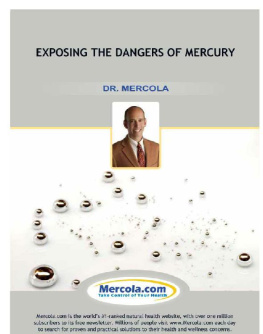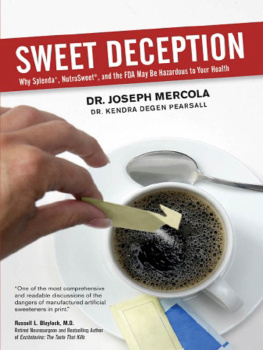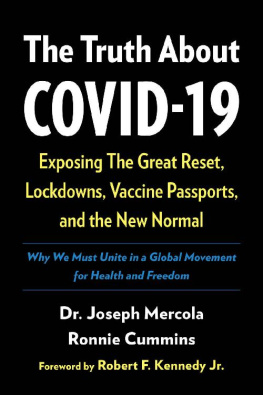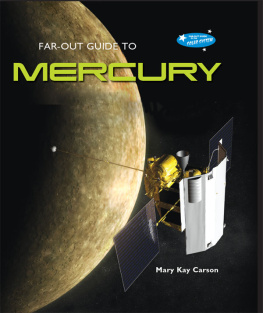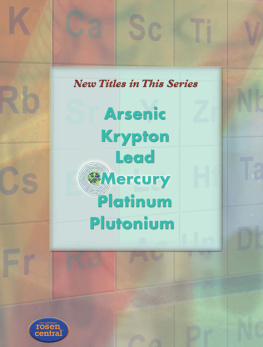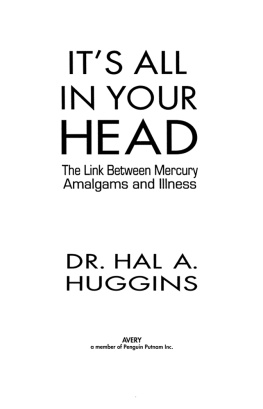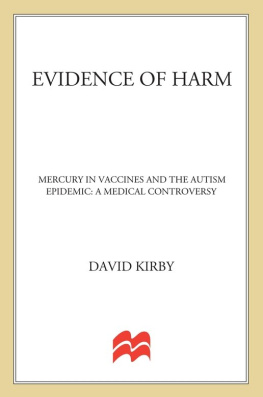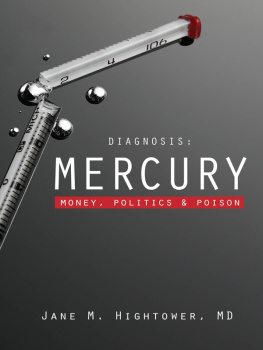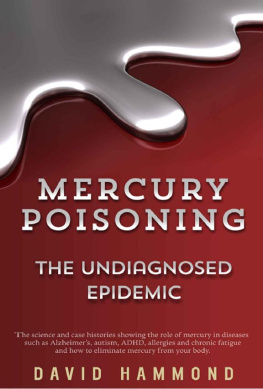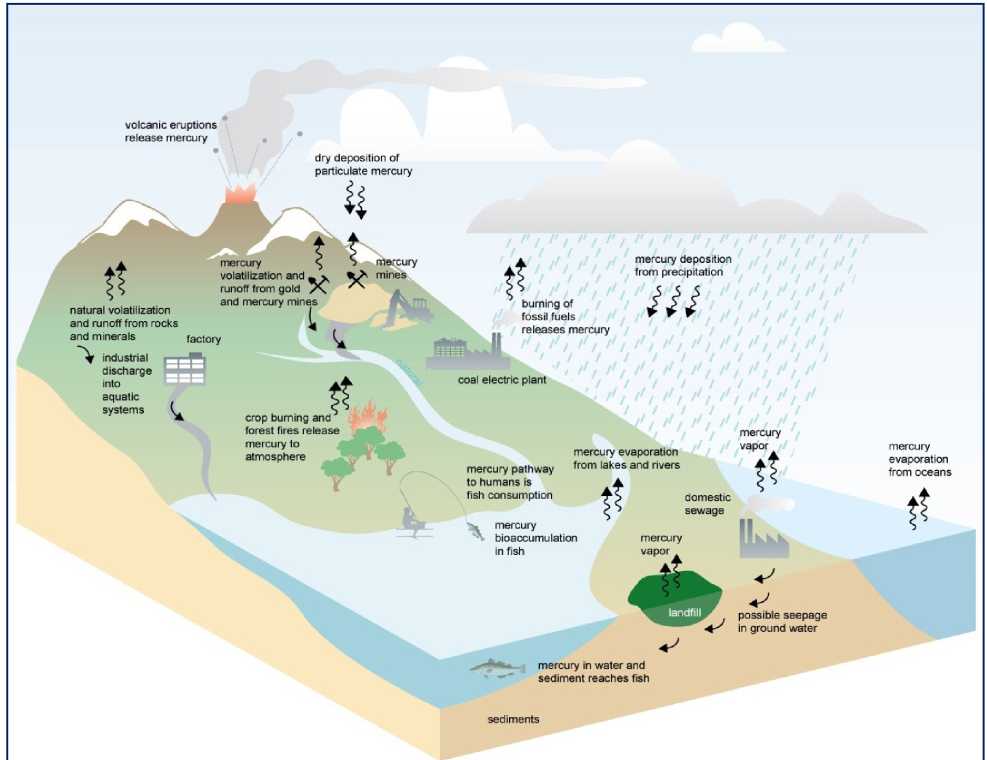EXPOSING THE DANGERS OF MERCURY
The dangers of mercury are slowly but surely starting to get the attention they deserve. For the longest time the issue of mercury exposure was successfully dodged and its health risks were downplayed by both government and major media.
Unfortunately, despite its now well-known dangers and role as a potent neurotoxin, many naive people increase their exposure to mercury daily by putting it into their teeth, injecting it into their body in the form of vaccines, or by eating heavily contaminated fish.
The key to preventing mercury contamination is to gain knowledge of the sources and risks that might place you in danger... and avoid them.
In this report, I will guide you through the most common perils - fish, dental amalgams and vaccines; sources of mercury that can put you and your family at serious risk.
Mercury Overview
Mercury, also known as quicksilver, is a heavy metal like lead or cadmium that occurs naturally in the environment in different chemical forms, some of which are quite toxic.
Mercury occurs in four basic forms:
1. Pure mercury, also known as metallic mercury or elemental mercury
2. Mercury vapor
3. Organic mercury, also called organomercurials
4. Inorganic mercury or mercury salts
Although mercury occurs naturally in the environment, it is now mainly released by human activities. Humans and the environment are at risk until these releases are better controlled or we find alternative industrial processes.
You are probably most familiar with the liquid metal form of mercury-- the shiny, silvery, outer-space-looking material you have seen in your glass thermometer. This is called "elemental mercury or "metallic mercury.
If the pure mercury in your thermometer were exposed to air, it would readily evaporate into colorless and odorless mercury vapors. 2
Mercury rarely occurs in pure metal form. It is usually found within other compounds and inorganic salts. When mercury combines with carbon, the compounds formed are called "organic mercury compounds or organomercurials.
By far the most common organic mercury compound in the environment is methylmercury, which is the form posing the greatest risk to your health.
Methylmercury can build up in many edible fish and marine mammals to levels that are many thousands of times greater than levels in the surrounding water. 2
The high levels of mercury in your environment and your food supply are of great concern since mercury is known to be toxic. It is known to be highly poisonous to your nervous system, and there is growing evidence that methylmercury can cause cancer. It is very difficult for your body to cleanse itself of heavy metals.
Moreover, methylmercury exposure during pregnancy can affect your unborn baby.
Environmental Upsets
Mercury is not only harmful to you but may harm birds and affect their reproduction and behavior as well. Additionally, some seals and whales in the Arctic and some predatory marine mammals in warm waters are at risk.
Even forest soils might be affected by mercury because it suppresses the microbiological activity that is vital to the terrestrial food chain. There is also evidence that climate change might be increasing the levels of methylmercury in some bodies of water. 2
Mans best friend is now helping scientists evaluate areas of mercury contamination in the arctic.
An article from March of 20083 illustrates just how globally widespread mercury has become as scientists are measuring mercury in the coats of Alaskan sled dogs.
The dogs eat scraps left over from people in the villages, consisting largely offish. Mercury levels in fish change depending on their location and feeding habits, and testing dog hair from different husky populations that eat those fish shows scientists the areas with the highest levels of mercury contamination.
Since the sled dogs fish diet is similar to that of Alaskas indigenous population, scientists believe the racing huskies can provide unique insight into how much mercury humans are eating, as well as helping to determine where the toxin enters the food chain.
The mercury found in Alaskan fish originates from places many thousands of miles away.
Around The World in 80 Days... or Less
Mercury makes its way around the Earth as fast as juicy gossip through a high school cafeteria. Mercury itself cannot be broken down or degraded into something else, but it does occupy different forms, including liquid mercury, solid mercury-containing minerals, ions in solution, and gases.
Once mercury is released into the atmosphere through natural events or human activities, it readily moves through the environment. Soil, lakes, oceans, rivers and bottom sediments are where mercury comes to rest before it is ultimately liberated again, such as through the burning of fossil fuels, and by absorption by living organisms.
It is highly mobile, cycling between the Earths surface and the atmosphere, as shown in the illustration on page 8. 4
You ingest environmental heavy metals such as mercury in three principle ways:
The food you eat
The air you breathe
The water you drink
The reason heavy metals are so dangerous is they tend to bioaccumulate, meaning your body increases their concentration over time. Once you absorb heavy metals, they tend to be stored at a rate that is faster than they are metabolized or excreted.
Heavy metals accumulate in the water supply through human activity, such as industrial and consumer waste. Commercial processes such as mining, agriculture, manufacturing and landfills are all sources of heavy metal contamination.
Rainwater tends to be acidic; therefore, these unwanted metals tend to leach into your underground water supply from the surrounding rock and soil. 5
While the EPA sets maximum contaminant levels (MCL) for heavy metals in your drinking water, practically all of their testing takes place at the water source and during treatment. Only a tiny fraction of the testing takes place randomly at your home tap, and metal contamination often occurs between the water source and your kitchen.
For those of you on private wells, there is no one looking out for your water quality. The testing is solely up to you.
Water filters are helpful but are only part of the solution. No single filter can remove all contaminants. It is wise to have your water tested by a certified laboratory since they are required to follow mandatory testing procedures and can detect impurities down to parts per billion. Once you know whats in it, you are a step closer to doing something about it.
How You Are Exposed
Weathering and evaporation from mercury-laden rocks and soils, forest fires, and volcanic eruptions are all natural ways mercury is released into the environment. Although natural emissions are difficult to measure, it is estimated that less than 50 percent of environmental mercury comes from natural sources. 2

